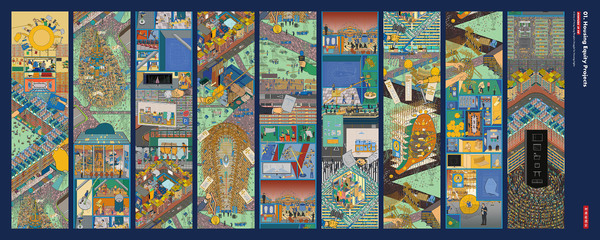Housing Equity Projects
This thesis explores the complex relationship between urban density, land policies, and mental health, focusing on the injustices faced by residents in high-density living environments in Hong Kong. The study aims to propose effective strategies for reorganizing Hong Kong's housing policy to address the persistent issues of housing inequality, high property prices, and socio-economic disparities through a comprehensive analysis of Hong Kong's unique land supply strategy and its impact on the housing market, aiming to propose viable solutions that do not destabilize the market.
The research employs two main strategies: immediate and long-term interventions. The immediate strategy, "Urban Nomadism," proposes the innovative use of urban car parks as temporary living spaces to alleviate the living conditions of people in illegal dwellings. This concept highlights sustainable development and resource sharing in urban settings. The long-term strategy, "Pickled Hong Kong Olympics," uses architecturally scaled interactive sculptures to raise public awareness and stimulate consensus on housing injustice, encouraging the government to take action.
Through graphic anthropology research, interactive design, and theoretical frameworks, the study aims to foster a deeper understanding of the lived experiences of residents in informal housing and to propose creative, empathetic approaches to urban planning and policy reform. The ultimate goal is to improve housing conditions and promote social justice in one of the world's most densely populated cities.


